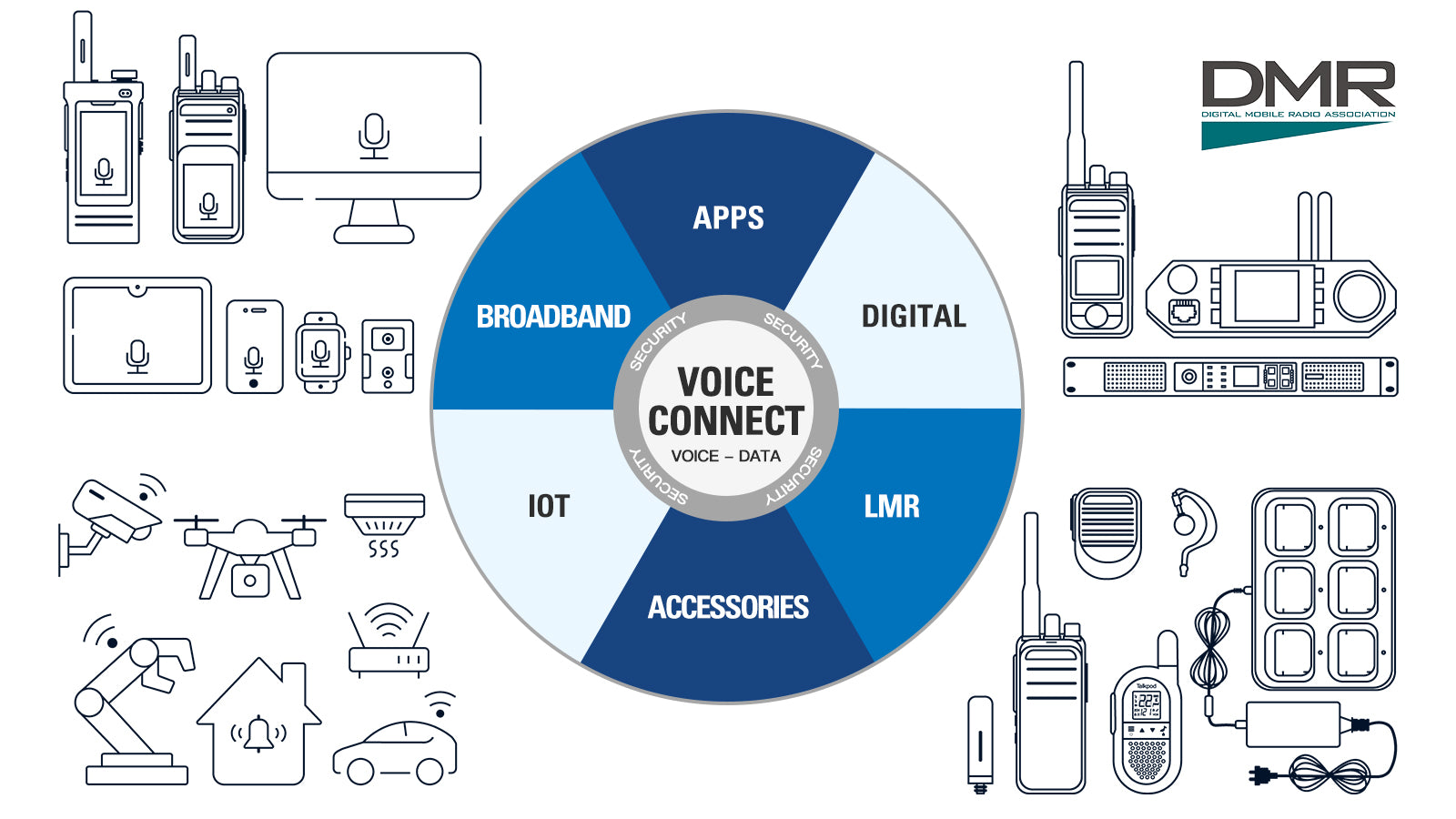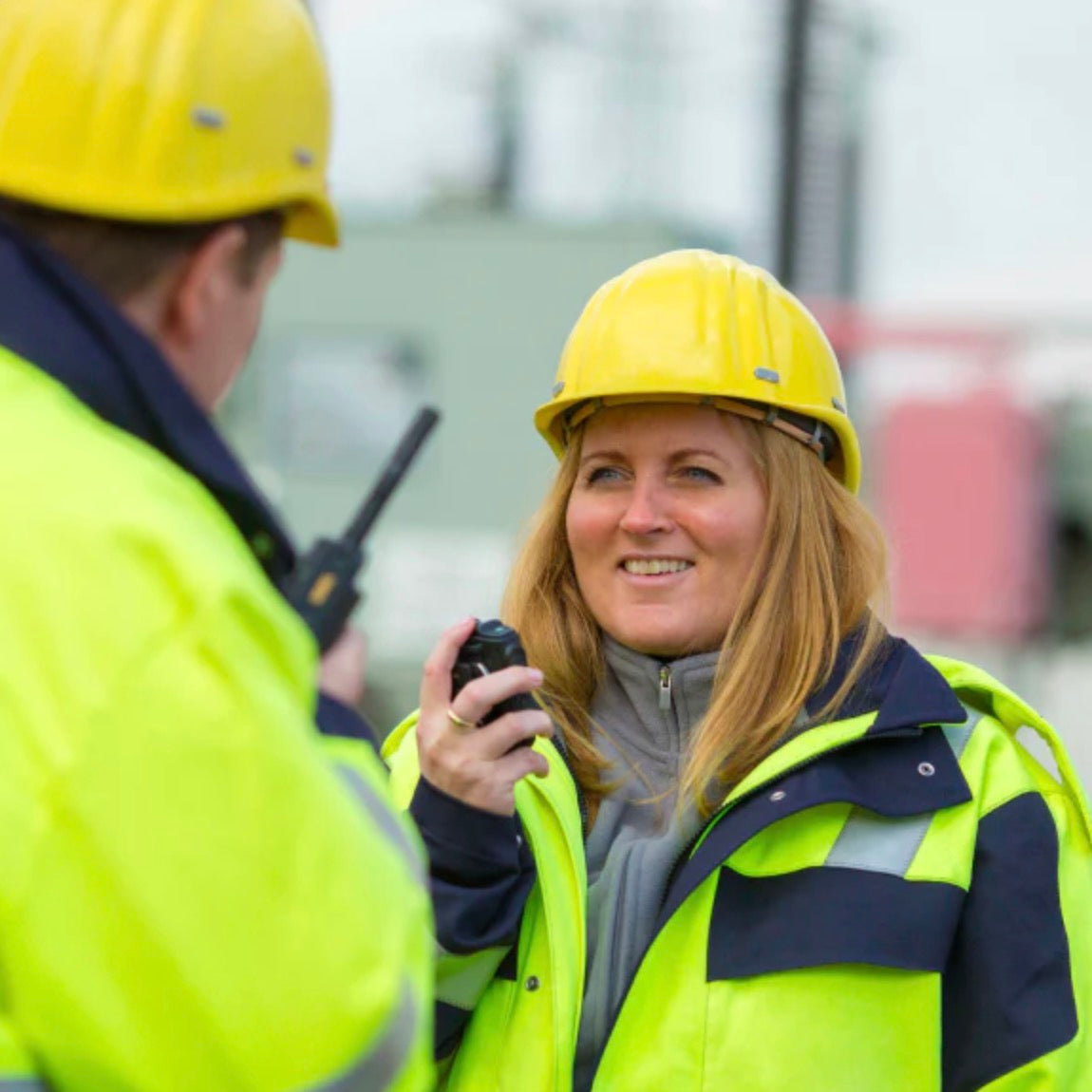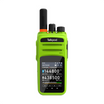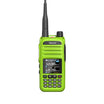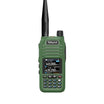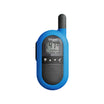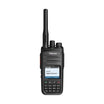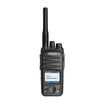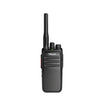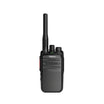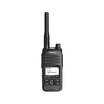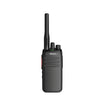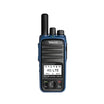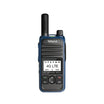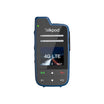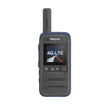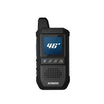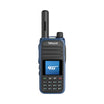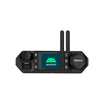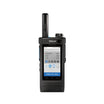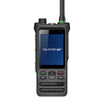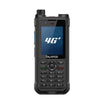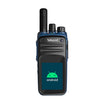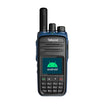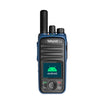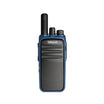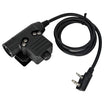What is GPS Locationing? GPS Locationing, also known as Automatic Vehicle Locationing (AVL), is a feature in digital two-way radio systems that allows for the real-time tracking of mobile users or vehicles. By utilizing the Global Positioning System (GPS), these radios can periodically submit geo-information about the location and status of mobile users in the field.
How Does GPS Locationing Work? In two-way radio systems equipped with GPS capabilities, each radio unit regularly acquires its geographical coordinates from GPS satellites and transmits this data back to a central system or dispatcher. This process enables a continuous update on the whereabouts and movements of users, displayed on a map in the control center or dispatch application.
Why is GPS Locationing Important in Digital Radio Communication? GPS Locationing provides numerous advantages for operational efficiency and safety:
- Enhanced Resource Management: Dispatchers can view the exact location of personnel and assets, enabling better decision-making for task assignments and resource allocation.
- Increased Worker Safety: In emergency situations, the exact location of the distressed individual can be immediately identified, allowing for rapid response and assistance.
- Operational Efficiency: Real-time location tracking helps optimize routes, reduce response times, and manage field operations more effectively.
- Accountability and Transparency: GPS tracking provides historical data on the movement and positioning of users, which can be used for reporting, auditing, and compliance purposes.
In summary, GPS Locationing transforms two-way radios from mere communication tools into sophisticated devices for real-time tracking and management, enhancing the safety and efficiency of mobile workforce operations.


